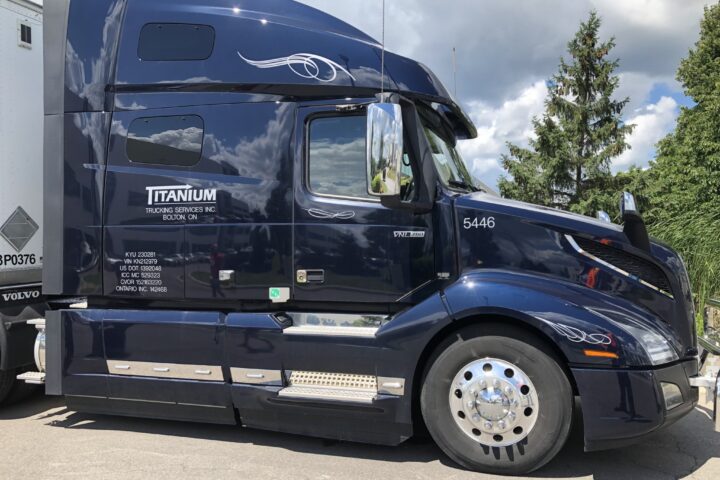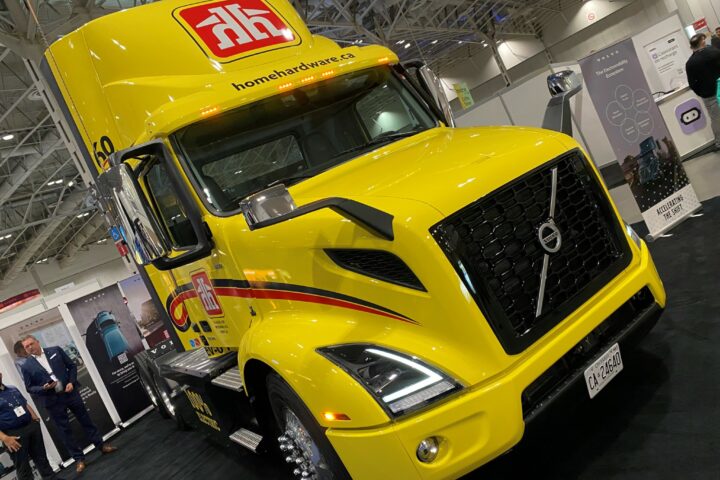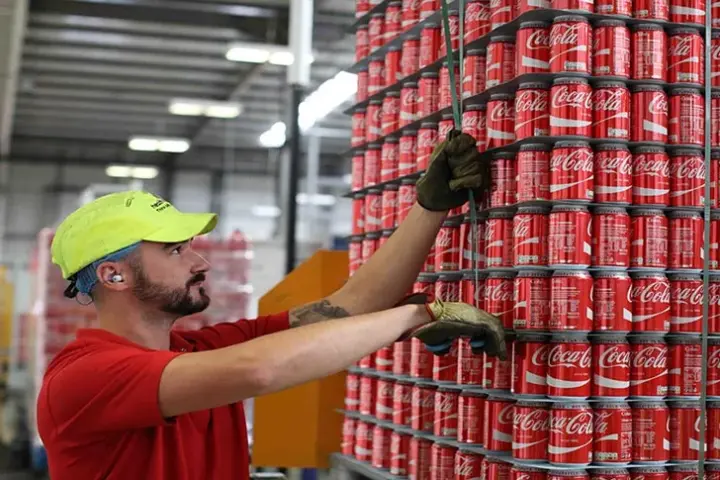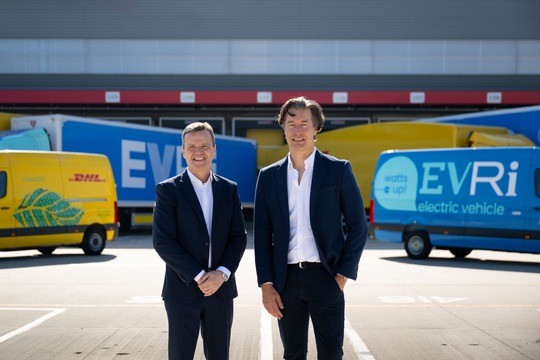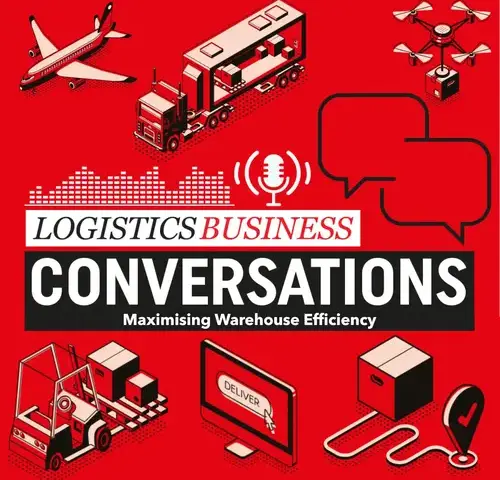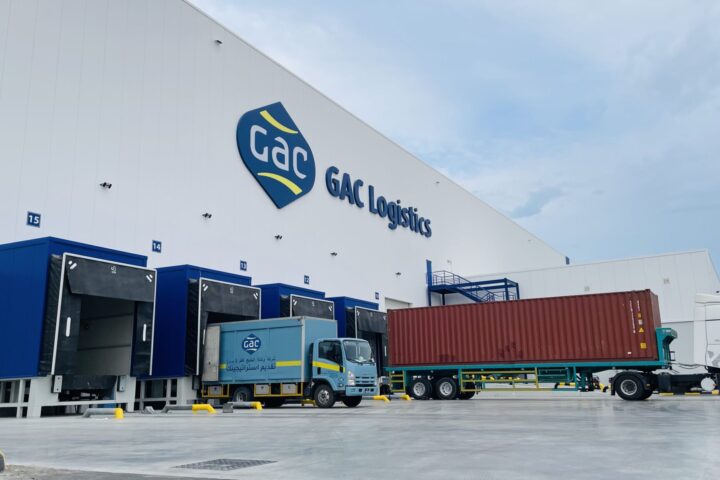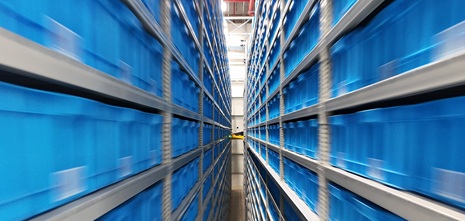Methane – the main component of compressed natural gas (CNG) – escapes into the atmosphere anyway, so why not capture and use it to move trucks?
Its sources, which are food and agricultural waste, are plentiful. For Ian MacDonald, president of Fuel Systems Americas at Hexagon Agility, the practicality and economics of this fuel source make sense.
Deploying CNG trucks is an emissions improvement over diesel, he said, adding that fleets could then step up to renewable natural gas (RNG). “It’s the same molecule, trucks and fuel systems don’t know the difference between CNG and RNG,” he said.

MacDonald said as electric four-wheelers became cool, there has been a movement to translate that to all modes of transportation. Batteries are a good replacement for gasoline, he said, but they are not so for diesel, as the technology does not translate.
Cummins X15N natural gas engine
He said that 25 years from now, natural gas will still be a fuel source. Putting batteries on a truck and burning RNG in an electric generating plant and then pushing it through wires to charge an electric truck is not the best solution.
The Cummins X15N natural gas engine will help boost CNG adoption in Canada, MacDonald predicted, where heavier weights are in play and long-combination vehicles are utilized. Hexagon Agility has seen success in Quebec and interest in British Columbia due to provincial government incentives, but Ontario is lagging.

He admitted buying a natural gas-fuelled truck is expensive, and the current economic and freight situation makes it difficult for purchasing decisions. He added that not many people know what RNG is, or what kind of environmental impact it has, so he is focused on getting the message out.
Break-even point
Despite the additional cost, it will take at least three years to break even.
The fuel system, particularly tanks, is a big part of the price and Hexagon Agility is looking at creative lease options to encourage natural gas adoption.
The tanks have a 20-year lifespan, but some fleets will buy a truck and deploy it for about three years. The company is talking to partners who are looking to amortize the 20-year asset and lease it for that duration.


After a 10-year period, the tanks can be refurbished by replacing key safety components and upgrading software. They can be mounted on another vehicle and can do their job for another 10 years, he said.
Another barrier to natural gas adoption is sourcing fuel. There is an extensive network, MacDonald noted, but it might not be on routes that fleets operate.
Fueling stations
Some customers will set up their own fueling stations, drawing CNG from a pipeline. Hexagon Agility also offers on-site refueling using CNG tankers. Waste management companies that own landfills are capturing RNG from there and using it to run their trucks, he added.
Touching on the price of natural gas, MacDonald said it has been stable with small increments year over year, unlike diesel, which sees volatility.
MacDonald said that CNG and RNG are doing well in return to base applications and sees the next evolution in deployment in the less-than-truckload sector with dedicated lanes.
“Ideally, we get to a point where all transportation is fuelled by RNG, there is enough biomass to do that. Let’s harness this free and escaping energy,” Macdonald said.
Natural gas pays for itself and it’s going to succeed in transportation, he concluded.


